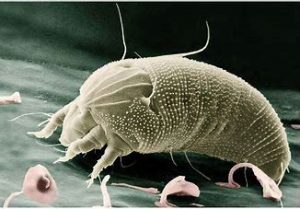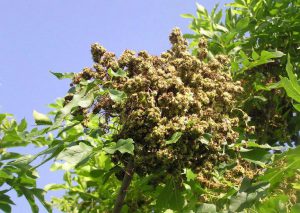A really tiny mite—almost imperceptible to the naked eye—can cause giant problems in the plant world.
Eriophyid mites are less than 1 mm in length, which makes them difficult to see. Yet, one female mite can lay up to 800 eggs, which also makes this mite problem mighty difficult to treat.
Most species of eriophyid mites are host-specific, but several plants can be affected by different species of eriophyid mites, including Ligustrum, Lorapetalum, holly, rose, hibiscus, and oleander.
Unlike spider mites, the damage of eriophyid mites goes far beyond leaf stippling and bronzing. Because they cause bud distortion and damage—or can also result in galls and blisters, known as erineum/erinea—a heavy infestation of eriophyid mites can lead to plant death. The distorted tissue will not recover, but must be pruned off and the infested material destroyed. That allows the plant to regenerate healthy, mite-free tissue.
It is important to note that distorted leaf tissue can also be a sign of herbicide drift. So, it is important to rule out this possibility.
RESOURCES
Learn more about plant mites:
 0
0



